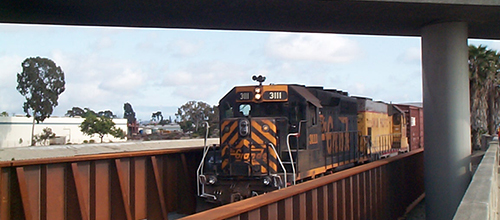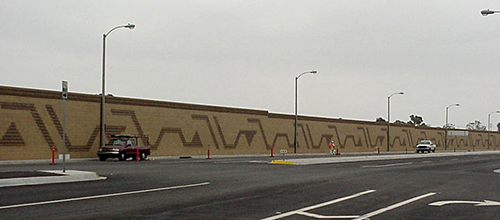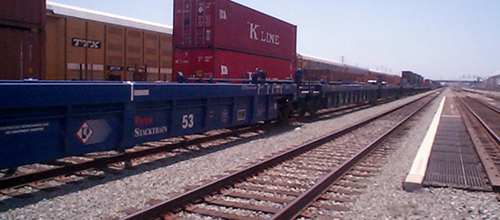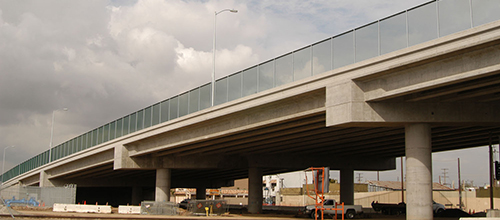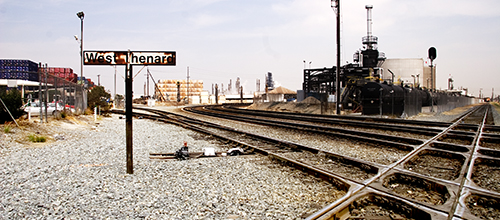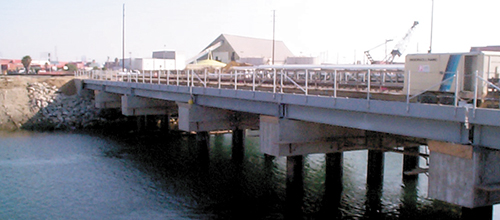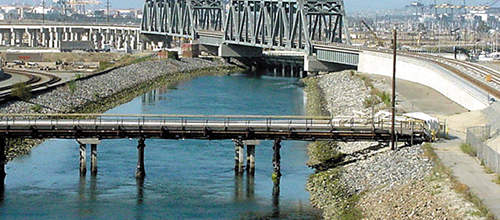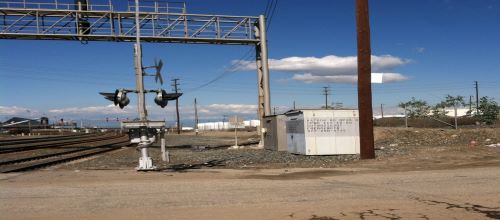The South-End resides in the historic Rancho Dominguez land grant property. This was the first Spanish Land Grant in Southern California bestowed in 1784 by King Carlos III to Juan Jose Dominguez, a retired Spanish soldier. Dominguez was a participant of the Portola Expedition with father Junipero Serra. The original grant covered 75,000 acres and included the entire Los Angeles Harbor and South Bay Cities. The current day ancestors of the Dominguez family continue the family legacy through the Watson, Del Amo and Carson families.
The Pacific Electric Railway:
When Phineas Banning opened the San Pedro to Los Angeles (SP&LA) Railroad, it was done with the assistance of the Dominguez family. The most efficient route from the port in San Pedro to the Pueblo Los Angeles was to pass through Rancho Dominguez. The Dominguez granted Banning’s railroad 77 acres of track right-of-way with the agreement to a Dominguez Junction at Alameda Street. The Corridor still travels over some of the same area granted to the SP&LA Railroad.
1910 Air Meet:
Behind the current day Claretian Seminary, stands Dominguez Hill. This is the location where the first International Air Meet in the United States was held in 1910. An estimated more than half-million passengers traveled by train to view the 10 daylong event. Glen Curtiss broke the air speed record during this event, flying 62 MPH above a six-hundred- foot- long grand stand. The flat plateau was provided free of charge by the Dominguez family.
The Claretians:
The Dominguez family were devout Catholics. In 1922, the last two remaining Dominguez daughters deeded 17 acres of land adjacent to the Dominguez family home to the Claretian Missionaries. By 1924, the Claretians were using their new facility as a graduate school and later as a seminary. The building still stands and can be visited by the public.
Native Americans:
During the construction of the Alameda Corridor, Native Americans were unearthed. It had been expected because records showed that Native Americans lived adjacent to the train tracks after 1869 to take advantage of tourists riding trains, farming cattle and the availability of water. Understanding the historical significance of these finds, ACTA engaged the services of the San Gabriel and Tongva Indian Nation as well as archeologists to assist with recovery of remains and properly reinterring the Native Americans to the land. The Native Americans were reinterred during a tribal ceremony along the Alameda Corridor. A large granite rock with a plaque commemorates their place of rest.

